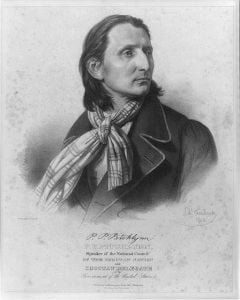Fort Toulouse, the Chitimachas and the Natchez Wars
Another war between England and France began in 1718 – the War of the Quadruple Alliance. The French had succeeded in surrounding the British colonies in North America, except for the boundary with Florida. France seemed poised to have most of the Southeastern Indians as allies. These advanced Native American provinces represented the densest indigenous population north of Mexico. However, the British Navy had destroyed French coastal forts and shipping almost at will. France might control the coastline, but the British controlled the seas. Fort Toulouse – 1717 Anticipating more wars with Great Britain and desiring closer trade relations with … Read more

